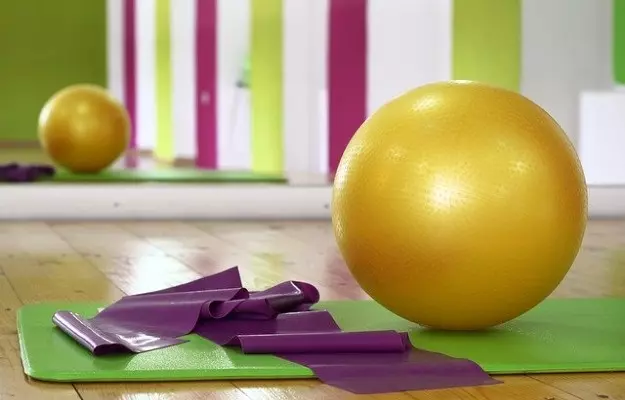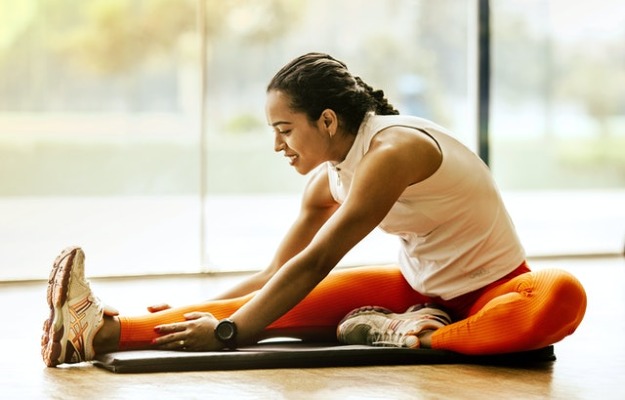The giant bouncy balls kept in the corner of the gym aren’t just for the amusement of those exercising; they can be put to good use to train the big and small muscles of the body. The stability ball is also known as a Swiss ball, exercise ball or balance ball. And it can even be used in place of some standard gym equipment!
Most of us are either right or left-handed (some people are ambidextrous), which means we use the limbs on one side of the body more than the other. It affects the orientation of the body and its overall balance in the long run. It is why sportspersons and fitness professionals tend to work harder on their weaker side of the body by incorporating stability and balancing exercises in their fitness routines.
Stability ball exercises not only help to increase core stability, but they are extremely effective in working on the muscles in the lower section of the body as well. The stability ball is used in various forms of training, for building strength as well as balance, along with endurance in the body.
Indeed, they are so useful as an accessory to improve the body’s balance and coordination that in many offices, workers have swapped their chairs for these while working long hours in front of their computers. (Read more: Exercises to improve your posture)
Introduced by an Italian toymaker in 1963, the Swiss ball was resistant to bursting despite being filled with air and made of relatively light vinyl. While they were initially used for rehabilitation, exercise balls slowly made their way into the fitness industry. They are now widely used in pilates, yoga as well as other fitness routines across the world.





































